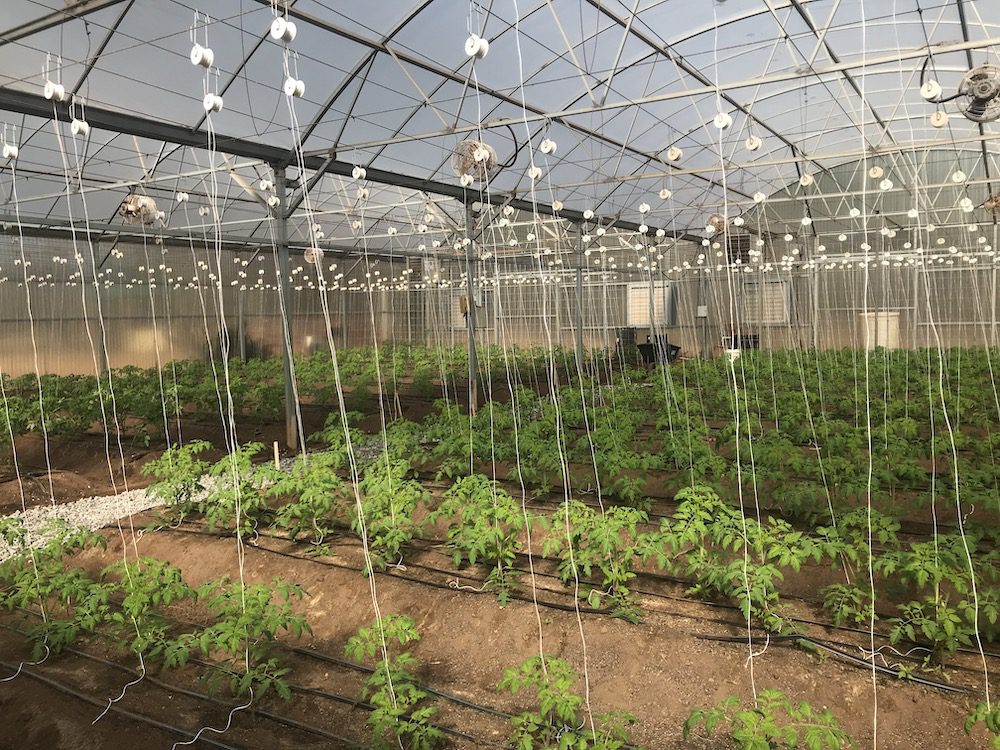Defining our individual carbon footprint can be a slippery endeavor; a journey riddled with acronyms, complex calculations, and scientific terms that might as well be another language. No thanks! Hard pass. Instead, the goal is to break this subject down into easily digestible elements including research and resources that will help us better understand our part in the bigger story. Let’s start with the basics.
What is carbon?

Given the negative connotations associated with carbon emissions, it might be surprising to learn that carbon is actually a wonderfully essential and helpful resource. This valuable element is foundational to all living things. A person who weighs 100 pounds consists of about 18 pounds of pure carbon, while plants are made of almost 50 percent of the stuff.
Throughout the course of life on our planet, the carbon in dead plant and animal matter has been buried deeper and deeper underground where it is subjected to increasingly intense heat and pressure. This natural process creates fossil fuels, which our industrial minds have learned to extract and fuel production of just about everything imaginable.
All things, living or inanimate, contain or require carbon during various stages of their existence: cars, waffles, those little bouncy balls at the grocery store, even your Uncle Bob. Nothing is exempt. When the element is burnt to energize the production of one thing or another, the pent up carbon combines with a couple oxygen molecules and is released into the atmosphere as CO2, a type of greenhouse gas.

Again, it may be surprising to learn that greenhouse gases are absolutely necessary and natural. These gases regulate the temperature of the earth by trapping thermal energy inside our atmosphere. Not enough CO2 and the world would quickly become a freezer, too much and it would become a hellacious oven. Herein lies our current predicament.
In a period of a couple hundred years we’ve burnt through fossil fuels that have been forming underground since the dawn of life. Not the most conservative use of resources. Yet carbon goes on doing exactly what it’s supposed to do, mindlessly trapping heat at alarming rates, causing sea levels to rise as ice melts rapidly. The threat is real and intimidating, extending beyond our lifetime and defining the future security of our children and their offspring. However, the opportunities for immediate positive impact are startlingly within reach, especially for Americans.

It’s estimated that there are about 7.6 billion humans here on Earth, with around 327.2 million of us living in the United States. According to the chart above taken from a 2017 New York Times article, we are in last place when it comes to annual greenhouse gas emissions with a score of 16.2 metric tons released per capita. Ouch. It’s easy to blame newly industrializing and developing countries for our planet’s environmental issues, but in terms of opportunity for improvement, it turns out that individual Americans have more room to turn the tide than anyone else.
How do we get better?

There are many practical steps toward lowering our carbon emissions (check out the coolclimate.org carbon footprint calculator link below), but a particularly obvious and powerful choice influencing our impact is one that we make three times a day: “What will we eat?” Authors Christopher L. Weber and H. Scott Matthews published a 2008 report in ACS Publications showing that between food production and food transportation, the average American household’s food consumption made up 8.1 metric tons of CO2 emissions. That’s half the total per capita emissions of an average american! So how are we, who have the most potential out of anyone on Earth, using our choice to create a better world?
Shopping for local organic food is a profound improvement over the average American’s habit of careless consumption. A ground-breaking 40 year trial by the Rodale Institute demonstrates that organic farming releases 40% less carbon emissions than conventional methods. It should also be said that grain-fed cattle production emits about 150% more greenhouse gases than poultry or fish and requires 160 times more land per calorie than producing staple crops, calling for a serious consideration for the frequency of grain-fed beef consumption.

While production accounts for the majority of emissions surrounding food, transportation is also an important aspect to note. When it comes to deciding what we’ll eat, sourcing sustainable food grown nearby is the height of environmental and economic responsibility. Add to that a substantial reduction in fossil fuel emissions through hyper-efficient home and office delivery along with totes that are reused hundreds of times and you’ve got the Fresh Harvest model. The consumers driving this system of environmentally ethical food sourcing and distribution deserve both a commendation and a challenge.
Earth Week is a reminder for all of us to both celebrate and to seek opportunities for greater impact. We are so jazzed about the impact our customers have made toward carbon emissions reductions! Over a million dollars spent on local and organic food last year is a testament to that powerful influence. At the same time, there is so much room to grow. Together, from this posture of ardent proactivity, we look ahead and ask, “In what ways can we invest more fully in a healthier future for ourselves, our families, and our world?”
Looking to get more specific? Here are a few fun ways to quantify, compare and improve your emissions output knowledge:
- Average Annual Household Carbon Footprint by Zip Code Source: UC Berkeley CoolClimate Network (2013)
- Household Carbon Footprint Calculator Source: UC Berkeley CoolClimate Network (2013)
- Nasa’s Climate Kids Website: A great resource on carbon information designed for children. Turns out it was just my speed.
- The Climate Time Machine: See how Earth’s climate has changed over time in this interactive tool from Nasa Kids




